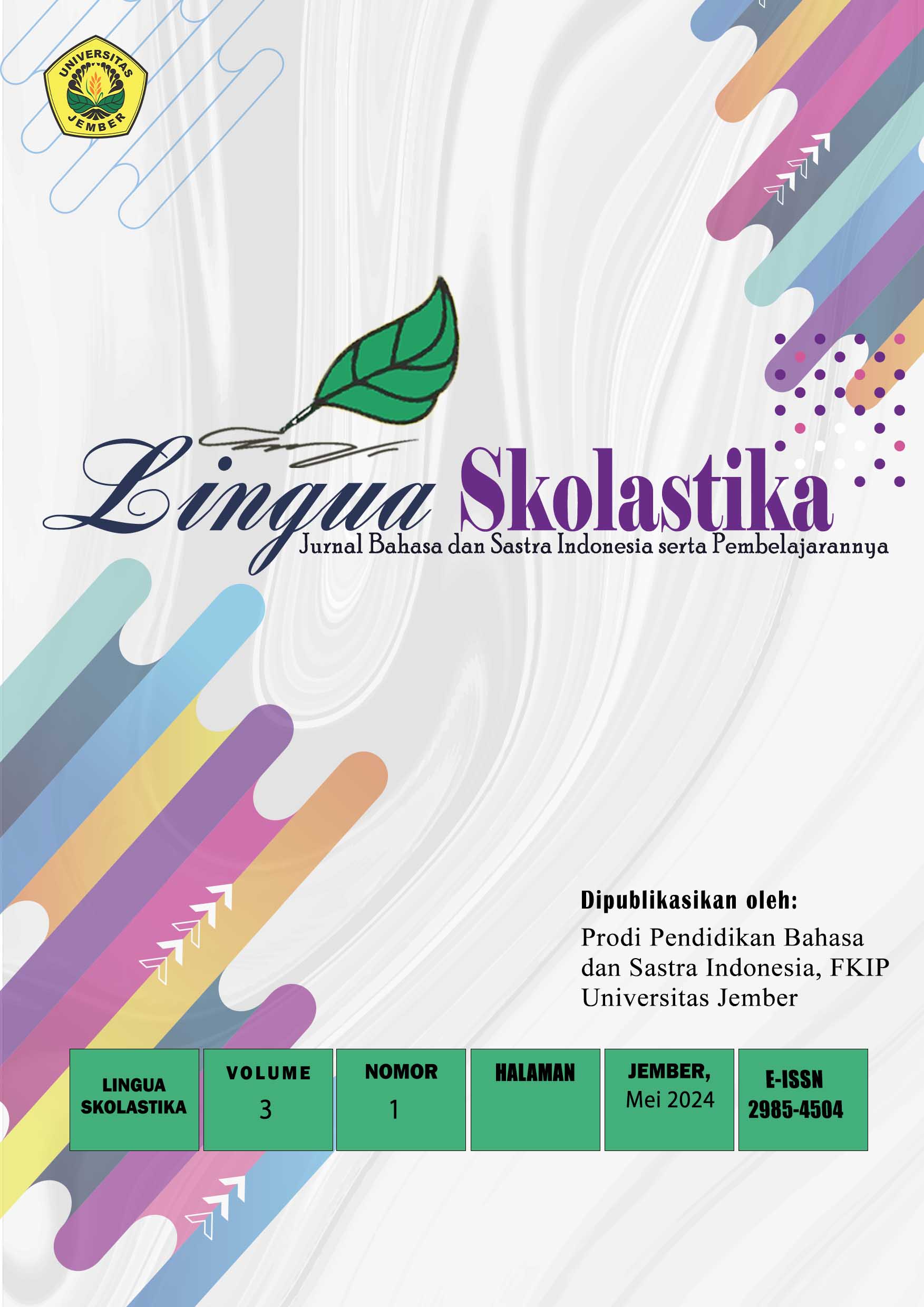Personality Psychology of Characters in Kado Terbaik Novel by J.S. Khairen as an Alternative Literature Learning Material in Senior High School
Abstract
This study is conducted to investigate the psychological perspective of the characters on Kado Terbaik novel by J.S. Khairen. The design of the study is qualitative research with literature psychology research design and character psychology approach. The data of this study are that includes words, sentences, paragraphs and dialogues contained in the novel Kado Terbaik indicated by material, structure and personality qualities that builds the personality of character based on personality psychological theory by Ludwig Klages. The data source of this study are a novel by J.S. Khairen entitled Kado Terbaik and the syllabus of 2013 curriculum revision year 2021 on the level of Senior High School. The data collection in this study employs a documentation technique by collecting written data in the form of words, sentences, dialogues and paragraphs obtained in the novel Kado Terbaik that related to problem of the study. The results of this study indicate that the personality of Rizki is character in the Kado Terbaik novel is good as Rizki has clear, detailed and good recall, sanguine temperament, depressive and expansive moods, active affect and strong expression, personality quality influenced by self-control and lust. In conclusion, Kado Terbaik can be one of good novels as alternative literature learning materials in eleventh graders of senior high school in second semester according to the 2013 curriculum.




